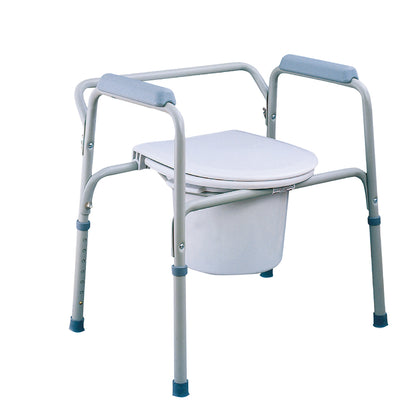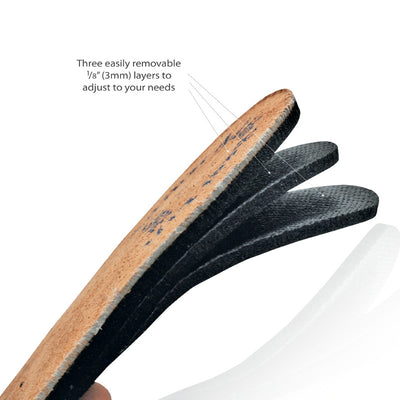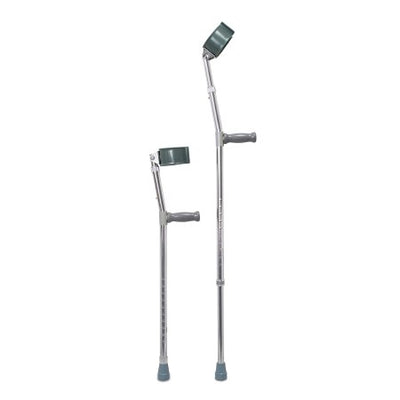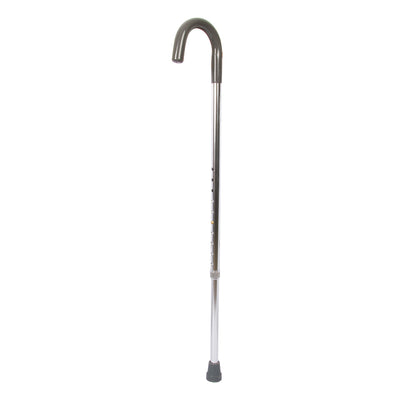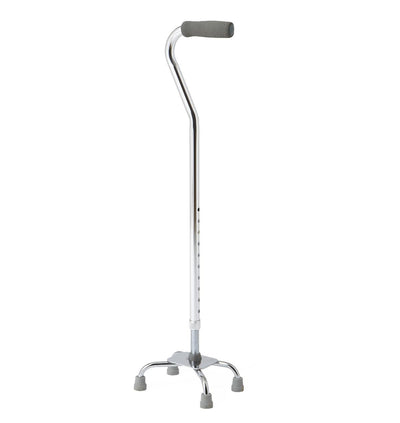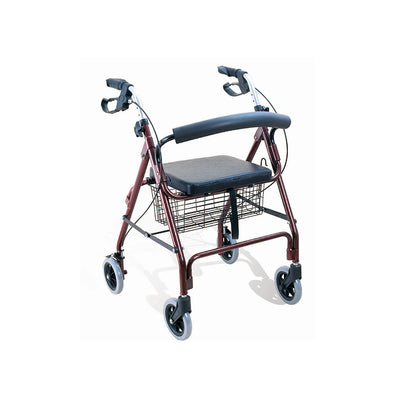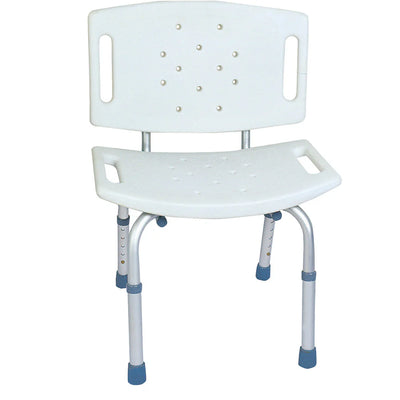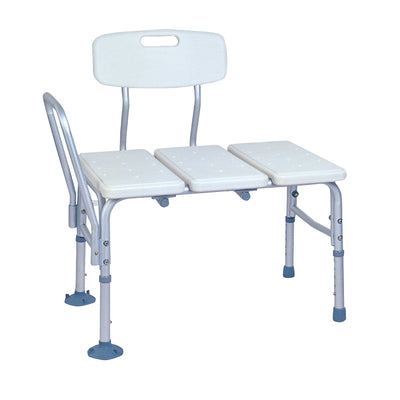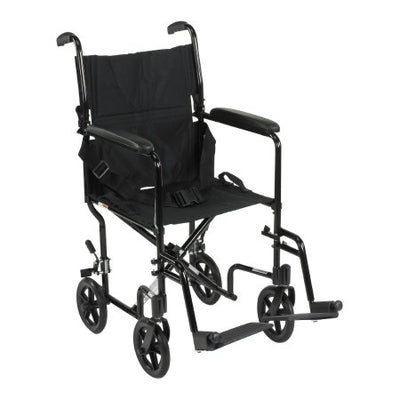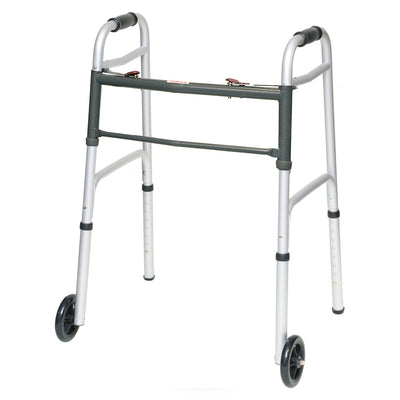 Immobility is the basic decline in the ability to get around. Balancing, walking, and even standing can become very difficult as mobility declines. By 2010, 5.5 million Americans lived to the age 85 or older. By 2050, this age group of people 85 and older is expected to grow to 19 million, which is 5% of the population, according to the Institute of Aging. This means that common issues that accompany aging, like declining mobility may become more frequent. This may lead to an increased emphasis on addressing and overcoming the symptoms of aging while maintaining a high quality of life. Let’s start by going over some of the complications that can be associated with immobility.
Immobility is the basic decline in the ability to get around. Balancing, walking, and even standing can become very difficult as mobility declines. By 2010, 5.5 million Americans lived to the age 85 or older. By 2050, this age group of people 85 and older is expected to grow to 19 million, which is 5% of the population, according to the Institute of Aging. This means that common issues that accompany aging, like declining mobility may become more frequent. This may lead to an increased emphasis on addressing and overcoming the symptoms of aging while maintaining a high quality of life. Let’s start by going over some of the complications that can be associated with immobility.
Respiratory system
Although some people may think that your respiratory system would have an easier time functioning when you are stationary, the opposite is true. Fluid is much more likely to build up in the lungs of an immobile person because the muscles are not working to remove the excess fluid from the body. The exchange of oxygen and carbon dioxide becomes more difficult, resulting in lower oxygen levels. Breathing can become more shallow and deep breaths become difficult. Unfortunately, some serious side effects can emerge when the respiratory system is compromised such as pneumonia, lung infections, hypoxemia, anxiety, dyspnea, pulmonary edema and blood clots.
Musculoskeletal system
The muscle and skeletal systems in the body often work hand-in-hand. They deteriorate together when the body is no longer mobile. They begin to lose their flexibility and all-around functionality. Calcium can no longer be absorbed properly by the bones. When muscles are no longer being used they begin to stiffen and become sore with movement, causing mobility to be progressively more difficult. These result in the muscles and bones becoming very weak, making broken bones and torn muscles much more common.
Nervous system
The way the body physically feels things is affected by immobility. The body starts to experience unusual pressure when it is immobile for an extended period, and that pressure starts to become painful after a while. The body then becomes less sensitive to other, normal sensations. Eventually, this can lead to the body being unable to feel them at all. Immobility can cause social and sensory deprivation which can lead to changes in behavior and in the brain’s neurochemistry. Some symptoms of these changes are insomnia, aggression, reduced pain threshold, disorientation, confusion, anxiety, and depression.
Gastrointestinal
When the body is no longer moving around regularly, the digestion process is greatly affected. The intestines are no longer able to handle food the way it used to. The appetite tends to decrease with decreased mobility, slowing down the digestive system altogether. This all can cause fecal impaction, constipation, anorexia and malnutrition.
Immobility can have serious negative effects on the body, as mentioned above. Fortunately, there are mobility devices like wheelchairs, walkers, canes, and crutches to help people become mobile again. Technological improvements such as standing wheelchairs and reclining wheelchairs allow an immobile person’s body systems to function in a normal capacity. For more information on these mobility devices, contact us today.














































